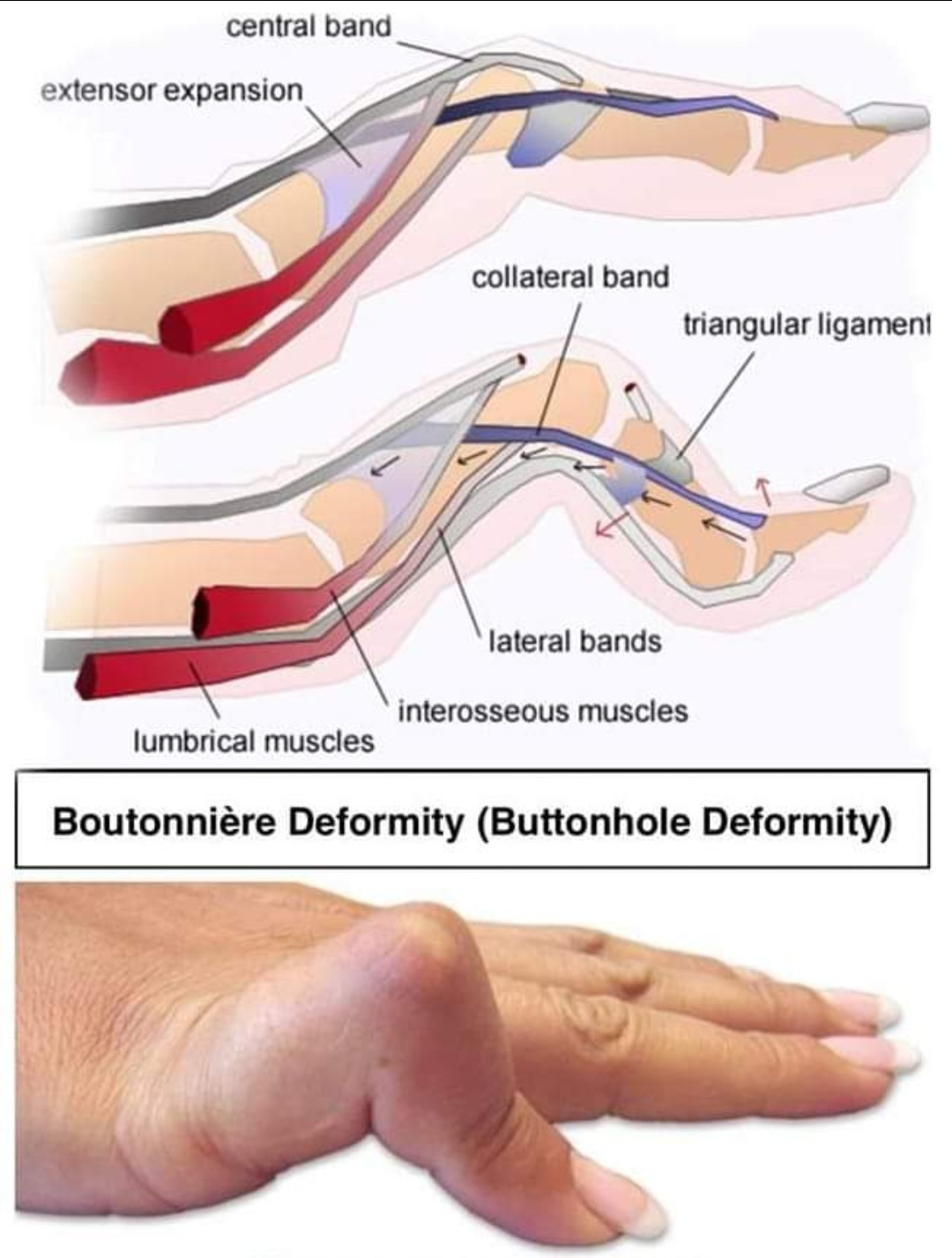
2024-03-25T06:51:50
Physiotherapy clinic in Tambaram Are you Looking for Physiotherapy Treatment in Tambaram, Sunshine Super Speciality Physiotherapy Clinic, We Provide Electrotherapy, Exercise and Manual Therapy, Orthopedic, Neuro, Cardio, Pediatric, Sports and Geriatric Rehabilitation, Post Operative Physiotherapy Treatment, Fracture Rehabilitation, pain free movement. CAUSE: Finger flexion (bending) and extension (straightening) is a complex process dependent on tendons that are located on the tops and sides of the fingers. These tendons, which are attached to the finger bones, stretch and contract to allow the fingers to straighten and bend. Tendons in the finger include: Flexor tendons: Located on the palm side of each finger and pull the finger down to bend Extensor tendons: Attached to the bone in several places on the back side of each finger and pull the finger into a straightened position Each finger is made up of three bones called phalanges (phalanx singularly). The fingertip is the distal phalanx, the middle phalanx is in the center, and the proximal phalanx is located next to the hand. Extensor tendons attach to the middle and distal phalanges. The area where the extensor tendon attaches to the middle phalanx is called the central slip. Damage to the central slip is what causes Boutonnière (French for buttonhole due to the nature of the tear) deformity. When the central slip is injured, the extensor tendon can no longer pull the finger into the extended position, therefore it remains bent. Similarly, when the extensor tendon attached to the distal phalanx is damaged, the result is a mallet finger. The second aspect of Boutonnière deformity involves the distal phalanx. Because the first knuckle (also called the PIP joint) is unable to straighten, the ligaments on the sides of the finger shift and begin to hyperextend the end knuckle (DIP joint), adding to the crooked appearance of the finger. TREATMENT: Splinting: Most acute cases diagnosed promptly can be treated with splinting the PIP joint into the straight position, typically for 3-6 weeks. After this rehabilitation period, finger splinting at night may still be necessary for a time. Hand therapy: Stretching and other flexibility exercises can improve range of motion and finger strength. Rehabilitative therapy will likely be recommended in conjunction with both surgical and non-surgical treatment options. The Fort Worth Hand Therapy Center at OSMI provides comprehensive hand rehabilitation services with a Certified Hand Therapist. Hand surgery: Surgery may be required for the injured tendon if a penetrating laceration or additional finger damage is involved. For prolonged, untreated Boutonnière deformity, rheumatoid arthritis, or conditions that are unresponsive to splinting, surgery to reconstruct the ligament and repair the tendon may be recommended. SUNSHINE ® SUPER SPECIALITY PHYSIOTHERAPY CLINIC - #DrParthiban #Sunshinephysioclinic.in #Physiotherapyclinicintambaram DR.M.P. PARTHIBAN.M.P.T (Ortho), Chief Orthopedic Physiotherapist, Call for Appointments: - 9345122177 East Tambaram, CHENNAI

